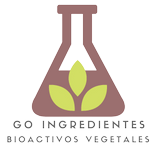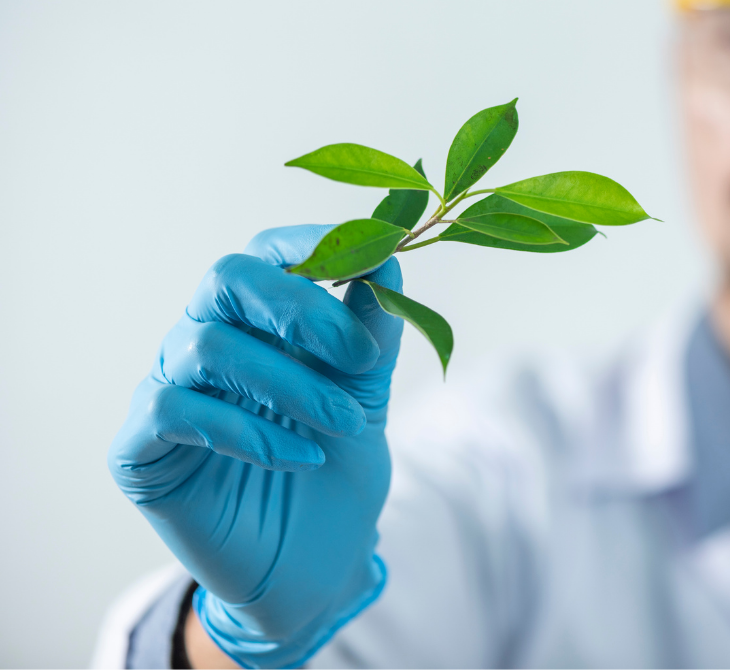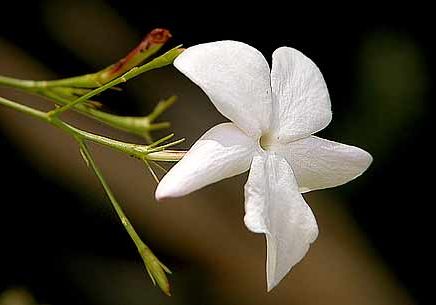It is not an exaggeration to say that the Covid-19 pandemic has changed our lives as we know it. From a personal perspective, it has impacted our ability to move freely, see our family and friends, and the way we enjoy our free time, with the most impactful change being the way we work. At university, ‘online’ training has become the priority option for teaching and both teachers and students have had to learn to work in these new formats and methodologies at breakneck speed.
From seminars over the Internet for learning virtual tools for teaching subjects with content, chats and forums to the issuance of courses through live or recorded videoconferences, with which it is intended to achieve better communication didactics with the students, who follow the sessions remotely, accessing the training platforms from any location, and which leads to self-training supervised by the teacher. Actually, we are not talking about anything new or about any technology or format that was not already invented. Covid-19 has accelerated what was already a natural evolution in the training sector, in its conversion and digital adaptation. Our companies have not been left behind since, during the confinement, some adapted (and others are doing so) to these new communication formats.
The gradual return to activity of most of our companies from May and June led to the reactivation of demand for new projects, many of them conceived during the confinement. Some of these projects are born from the change in mentality, caused by Covid, of consumers, who are increasingly demanding, who demand healthy and safe fruit and vegetable products. Companies in the agricultural sector, aware of this demand, are looking for solutions to obtain plants that are more resistant and with a greater capacity to respond to adverse environmental conditions and to the attack of pathogenic organisms, in order to reduce the use of chemical treatments. In this sense, one of the alternatives used to strengthen seeds and seedlings against fungal attacks and unfavorable weather conditions consists of the use of ‘biostimulants’, which favor the absorption of nutrients and improve vegetative vigor. , yield and quality of the crop under these adverse conditions.
Our companies have not been left behind and during the confinement some have adapted to new formats
During the last years, the agricultural sector has focused mainly on the use of humic acids and seaweed extracts as ‘biostimulants’. Recently, more interest has been paid to plant extracts, although little is known about their ‘biostimulant’ activities, as until now attention has focused mainly on their pesticidal properties.
On the other hand, the continuous desire for profitability and competitive advantage has led companies to adopt models of innovation and collaboration between the public and private sectors. This cooperation, which is key to jointly generating knowledge, accelerating innovation and the transition of companies towards a more sustainable circular production model, has been captured by the company Semilleros del Sureste, a company from the Region of Murcia dedicated to for sale seedlings of a large number of plant species. This is how the project ‘Use of natural extracts as biostimulants of plant growth and defense’ was born. Its main objectives are focused on treating selected seeds with different plant extracts, with potential as biostimulants, which are enriched in compounds and proteins related to plant defense. These treatments are being carried out at different stages of development of plants of horticultural interest in order to improve the yield and quality of the crops by activating the defense systems of the plants. Once the effect of the different ‘biostimulant’ treatments on the seeds and seedlings has been analyzed, those extracts will be selected to formulate them and correlate their functionality with the quality and productivity of the crops.
Another of the projects that has aroused our interest due to the potential impact it presents for the growing ‘bio’ sector in the food industry, and which has been conceived during the confinement, is also based on the use of plant extracts. This has been generated thanks to an initiative in force (‘Development and validation of natural antifungals for use in agriculture’, financed by the Seneca Foundation and the company Agrométodos), whose dissemination was carried out in the AGRO supplement of LA VERDAD and which was read by a doctor in Biology who was trained in our laboratory, Carlos Gabaldón, knowledgeable about the problems faced by companies in the beekeeping sector and specifically the Company Ciezana Miel Isabel. Varroosis is currently the disease with worldwide distribution that causes the most damage to beekeeping. It is a disease caused by the ‘Varroa destructor’ mite that affects both brood and adult bees. The damage it produces comes not only from its plundering action, but also because it favors the widespread appearance of viral and bacterial infections, both in broods and in adult bees. In Spain and in the rest of the European Union it is endemic. It is the only disease in beekeeping that forces beekeepers to keep infestations below harmful levels and minimize the use of acaricides.
Move forward together
The objective of this project is focused on the production of a natural formula based on plant extracts with acaricidal capacity to combat the infections promoted by these mites in bee hives with these natural plant products. For the development of this project we will carry out, in the first place, a characterization of the botanical extract designed by the company, Miel Isabel to, later, carry out a formulation that will be tested thanks to the collaboration of the research group of the Department of Zoology to which the Professor Pilar de la Rua, an expert in bees, who will analyze the effect of doses and treatments of the botanical extract with acaricidal capacity on bee populations and their young.
This crisis, in short, has confirmed the need for companies and researchers from centers, both public and private, to move together towards a green economy, with measures towards economic sustainability, to replace the linear economy with a more modern circular economy. and competitive, and environmental, through the generation of new strategies that allow both the efficient use of natural resources and the development of effective plans for the recovery of the natural environment. The need to change mentality and generate knowledge by visualizing future applications has been confirmed.


